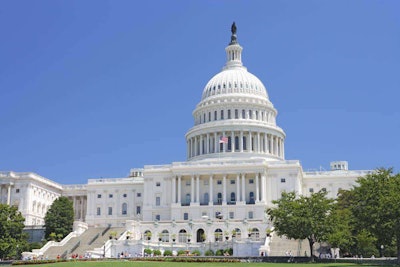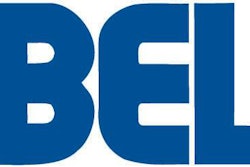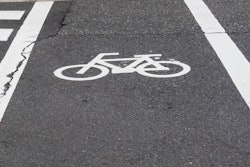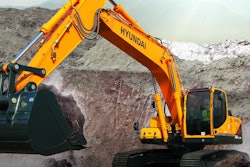
To be sort of ho hum about it, it’s what I think we expected; it’s okay but it doesn’t change much and it doesn’t knock your socks off.
It could have been worse, it could have been seriously underfunded. Instead it’s got some serious money in it (not enough of course), but that may actually create flashpoints when we go looking for those dollars. It’s a got a reasonable chance of solid bipartisan support, but with much of the needed funding still under one of the three walnut shells somewhere, there will be some pointed opposition especially in the House.
A lot of the reaction is muted. Democrats seem to like the line that this is a sound, well-funded and paid-for investment in transportation infrastructure. Republicans are taking the equally predictable line of supporting the investment but questioning its fiscal responsibility.
The American Road and Transportation Builders Association (ARTBA), citing the president’s constant talk about the importance of increased transportation funding, says the budget “puts flesh to the rhetoric by proposing substantial funding increases for federal transportation investment in FY2014 and beyond.” But ARTBA predicts that the “failure of the administration to recommend a realistic source of funds to support its investment proposals” could be a fatal flaw. Touché ARTBA.
ARTBA has hit the nail squarely. Of course it’s actually a pretty easy nail to hit. Just about anyone in the past five years who has talked about the need to increase funding for transportation infrastructure has choked, chickened out or heard their phone ringing down the hall when it comes to identifying a source for the extra money needed.
And so we basically have more of the same with this budget. To be fair the administration seems to be trying to carry through on its commitment to more transportation infrastructure funding.
The U.S. DOT says that the budget request for the Department of Transportation is $77 billion, or 6 percent more than the FY 2012 enacted levels. The budget also includes a $50 billion program to provide immediate transportation investments in key areas. And, says U.S. DOT, there’s “full support of Moving Ahead for Progress in the 21st Century Act (MAP-21). The President’s Budget request fully supports the program structure and performance based investment approach outlined in the Moving Ahead for Progress in the 21st Century Act (MAP-21), the first multi-year surface transportation authorization enacted since 2005.”
The administration says that $40 billion of the $50 billion in funding will be directed towards “Fix It First” investments to improve our transportation system. You will recall that FIF projects were a favorite of the President from his State of the Union speech.
But just how does the $50 billion break down?
There’s $25 billion for critical highway infrastructure; $9 billion for critical transit infrastructure improvements; $2 billion for cross-border transportation; $4 billion for transportation infrastructure grants and financing; $2 billion for current passenger rail services; $2 billion in grants-in-aid for airports; $2 billion for transportation leadership awards; $3 billion for the rail service improvement program; and $1 billion to advance Nextgen.
The budget wants $41 billion for FHWA, and U.S. DOT says the request “reflects funding levels and the program structure contained in MAP-21.
So this is money to be invested in our highway and bridge infrastructure. It includes $2.4 billion for the Highway Safety Improvement Program; $21.9 billion for the National Highway Performance Program; $10.1 billion for the Surface Transportation Program; and $1 billion for the Transportation Infrastructure Finance and Innovation Act (TIFIA) program, another of the president’s favorites.
The White House says the FY2014 budget “demonstrates that we can make critical investments to strengthen the middle class, create jobs, and grow the economy while continuing to cut the deficit in a balanced way.” And, says the WH, the budget, “invests in high-tech manufacturing and innovation, clean energy, and infrastructure, while cutting red tape to help businesses grow.”
For more information about the Obama Administration’s FY2014 budget, visit whitehouse.gov/omb/budget.













